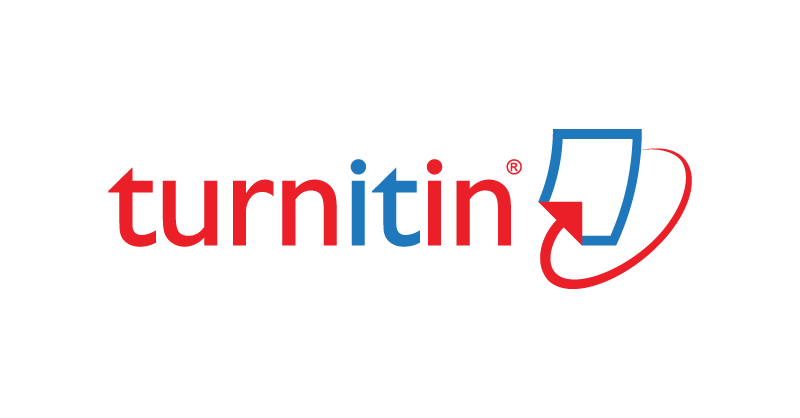Implementation Of The Qira'ati Method In Learning The Qur'an For Students Mi Ma'arif Suren Gede Kertek Wonosobo
Keywords:
Implementation, Qira'ati Method, Supporting Factors, Inhibiting Factors, supportAbstract
Introduction to The Problem : The Qur'an is a primary religious education that must be given in schools. Al-Qur'an learning methods are very diverse, one of which is the qira'ati method.
Purpose : This study aimed to determine the implementation of the qiraati process in learning the Quran at MI Maarif Suren Gede Kretek.
Design/methods/approach: This research is qualitative research using a descriptive approach. Researchers used 16 primary and secondary data sources consisting of 6 teachers of the qira'ati method, 4 teachers of the tilawati process, two school operator teachers, 2 students, 1 school principal, and one head of the qira'ati method institution: data collection techniques using interviews, observation and in-depth documentation. The analytical procedure uses the stages of reduction, presentation and conclusion.
Findings : The results of this study were classified into two main findings, namely the learning process of the qira'ati method at MI Ma'arif Suren Gede Kertek by applying large visual aids, small visual aids and individual classical teaching in class. The second finding is related to inhibiting factors before using the qira'ati method, namely the lack of support from students' parents, the teacher needs to implement learning according to the rules, and there is no khotmil Qur'an. Meanwhile, the inhibiting factors after the qira'ati method was introduced at MI Ma'arif Suren Gede Kertek were the teachers who needed more consistency in studying the Qur'an, were impatient, lacked sincerity and rarely prayed for their students. The supporting factors before using the qira'ati method were the tilawati method using variations of songs, there was a volume increase test or a volume increase test tested by the head of the institution, while the supporting factors after using the qira'ati method were the teacher's MMQ and the santri's MMQ (Majelis Mu 'alimil Qur'an), there is a volume increase test and evaluation, parents or guardians of MI Ma'arif Suren Gede Kertek students who are very enthusiastic, there is a grouping of students based on volumes not based on formal class or age at school. There are dawuh – dawuh from KH Dahlan Salim Zarkasy, there are teacher principles namely tiwasgas which means thorough, alert, firm and daktun which means not guiding in teaching the qira'ati method. Then there are qira'ati santri principles namely CBSA (Active Santri Learning Method) and LCTB ( Smooth, Fast, Precise and Correct).
Research implications/limitations: Studies still have limitations on type of reseach dan analisys.
Originality/value : This study needs to be further developed in depth by future researchers to enrich research results on the same topic.
Downloads
Downloads
Published
How to Cite
Issue
Section
License
Copyright (c) 2023 Hanif Cahyo Adi Kistoro, Viki Fadhilah

This work is licensed under a Creative Commons Attribution-NonCommercial 4.0 International License.















